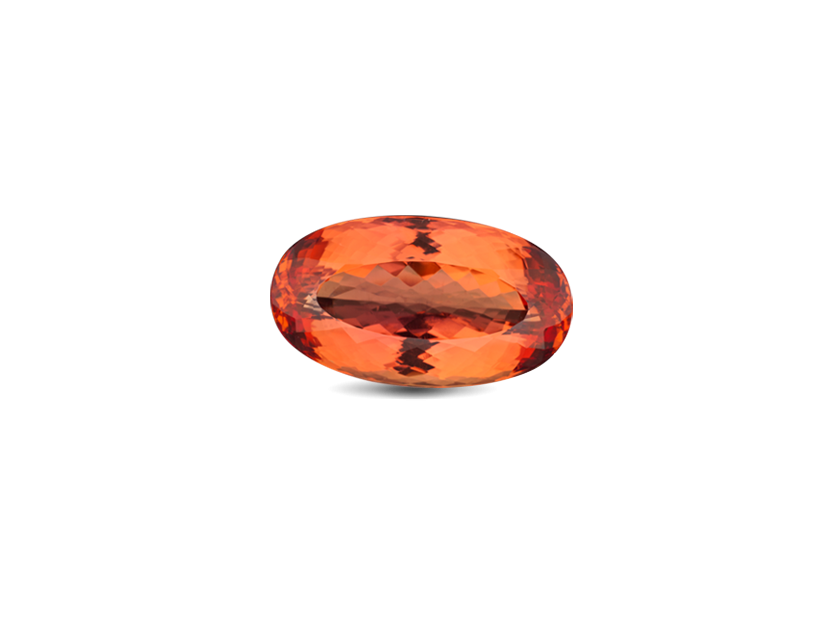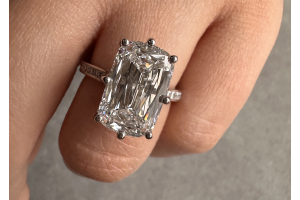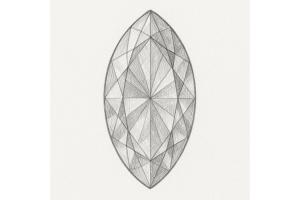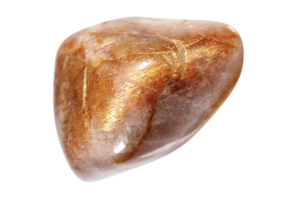GBP
/
GBP
/
Shipping to:
Currency:
Topaz: Unraveling the Radiance of November's Enchanting Birthstone
November, a month of transition from the vibrant hues of autumn to the crisp embrace of winter, is graced by a birthstone that mirrors the warmth and glow of fall foliage. Topaz, a gemstone that captures the essence of the season, has long been associated with various myths, legends, and healing properties. In this blog, we embark on a journey to explore the multifaceted world of topaz, delving into its origins, lore, varieties, and the captivating beauty that makes it a cherished gem for those born in November.
Unveiling the Origins:
Topaz, derived from the Greek word "topazios," is a silicate mineral that can be found in a spectrum of colors, including yellow, orange, brown, pink, and blue. The gem's name has roots in the Red Sea island of Topazios, which was historically believed to be a source of topaz, although the gemstone itself was often confused with other yellow stones like peridot.
The primary sources of topaz today include Brazil, Russia, Mexico, Sri Lanka, and the United States. Each locale contributes its unique character to the gem, resulting in an array of mesmerizing colors and qualities.
Myths and Legends:
Throughout history, topaz has been entwined with numerous myths and legends that attribute mystical properties to this radiant gemstone. In ancient Egyptian beliefs, topaz was associated with the Sun God Ra and was thought to provide protection and strength. Greeks believed that wearing topaz could enhance strength and make the wearer invisible in times of emergency.
In medieval Europe, topaz was believed to break spells and quell anger. It was also associated with fidelity and friendship, making it a popular choice for medieval royalty. The tales and beliefs surrounding topaz add an enchanting layer to its allure, making it more than just a beautiful gemstone.
The Radiant Spectrum:
One of the most fascinating aspects of topaz is its diverse color range. While the most common colours are shades of yellow and brown, topaz can also be found in captivating hues such as pink, red, purple, and blue. Blue topaz, in particular, has gained popularity as an alternative to more expensive blue gemstones like sapphire.
The color of topaz is often influenced by impurities, defects, and radiation exposure during its formation. The range of colors ensures that there is a topaz variation to suit every taste and style, making it a versatile and coveted gemstone.
Types of Topaz:
-
Imperial Topaz:
- Known for its warm, reddish-orange hues, imperial topaz is one of the most sought-after varieties. Mined primarily in Brazil, this type of topaz is considered the most precious and valuable among its counterparts.
-
Blue Topaz:
- Ranging from pale sky blue to deep Swiss blue, blue topaz has become increasingly popular in jewellery. Natural blue topaz is rare, and most commercially available blue topaz is heat-treated to enhance its color.
-
Pink Topaz:
- Exhibiting delicate shades of pink, this variation of topaz is cherished for its feminine and romantic appeal. Pink topaz is found in limited quantities and is often sought after for its rarity.
-
White Topaz:
- Often used as a diamond alternative in jewellery, white topaz is colourless and transparent. It possesses a dazzling brilliance that makes it an attractive option for those who appreciate a classic and timeless look.
Healing Properties:
Beyond its aesthetic appeal, topaz is believed to possess healing properties in various cultures. It is associated with qualities such as courage, wisdom, and strength. In alternative healing practices, topaz is believed to enhance spiritual growth, bring good fortune, and alleviate stress and tension.
Topaz in Jewellery:
The enchanting beauty and versatility of topaz make it a popular choice for jewellery designers. From classic solitaire rings to intricate pendant necklaces, topaz can be crafted into a myriad of styles that suit both contemporary and traditional tastes. Its affordability and wide range of colors also make topaz an attractive option for those seeking a personalized and meaningful piece of jewellery.
Caring for Topaz:
To ensure the longevity and brilliance of topaz jewellery, it's essential to follow proper care guidelines. Cleaning topaz jewelry with a soft brush, mild soap, and warm water is generally safe. However, exposure to extreme heat or rapid temperature changes should be avoided, as they can impact the gemstone's color and stability.
Conclusion:
In conclusion, topaz stands as a radiant symbol of November, captivating hearts with its diverse colors, rich history, and symbolic significance. Whether chosen for its aesthetic appeal, mystical attributes, or as a representation of one's birth month, topaz remains a timeless and cherished gemstone. As we embrace the cool embrace of November, let the warmth and brilliance of topaz light the way, creating moments of enchantment that last a lifetime.









